
David Ruddock
Contributing since June, 2010
-
3358articles
Page 16
About David Ruddock
David is the former Editor-in-Chief of Android Police and now the EIC of Esper.io. He's been an Android user since the early days - his first smartphone was a Google Nexus One! David graduated from the University of California, Davis where he received his bachelor's degree, and also attended the Pepperdine University School of Law.
Latest Articles
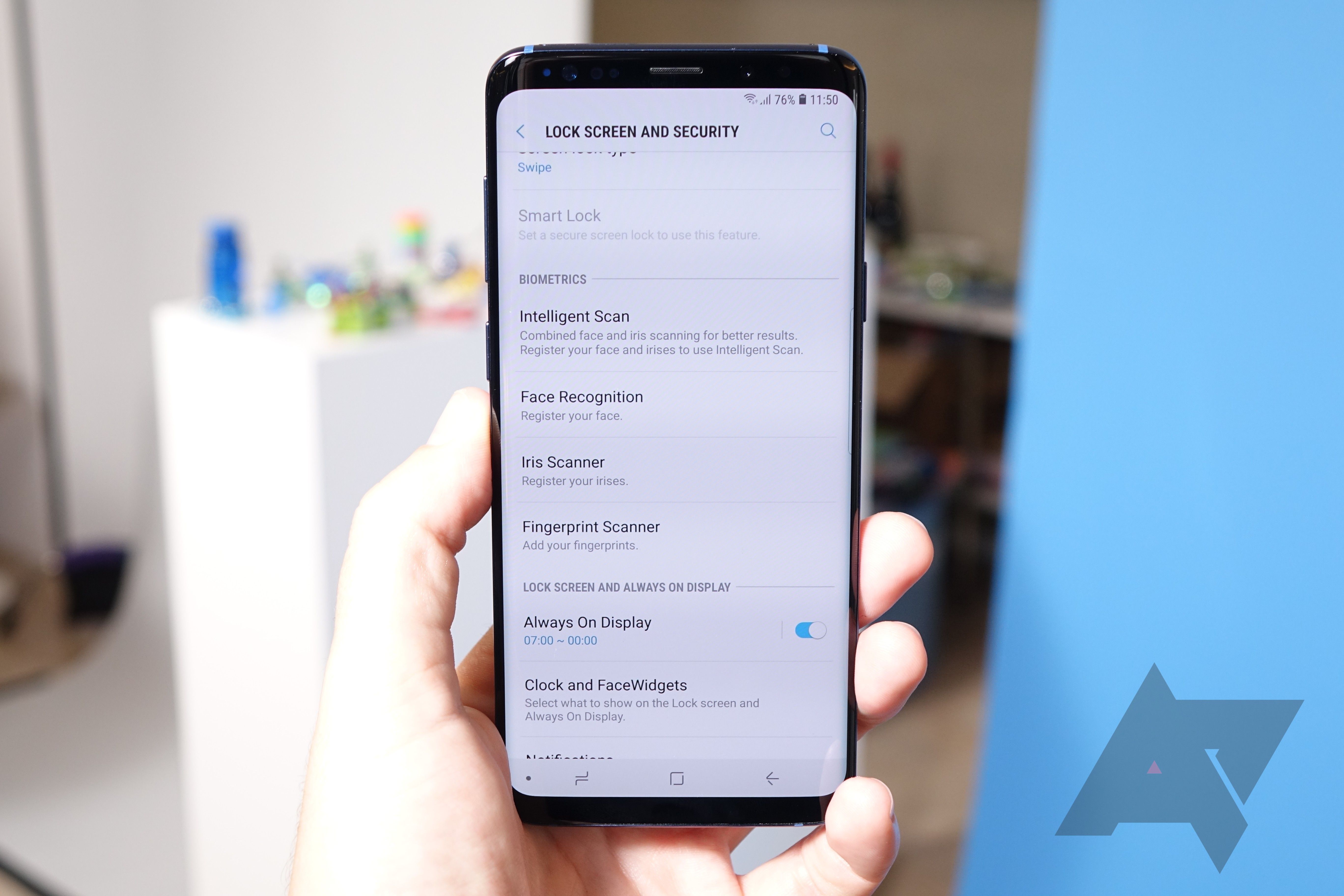
The Galaxy Note7 introduced Samsung's iris scan technology back in 2016, and it's been on every Samsung flagship since. On the Galaxy S8, Samsung also added face unlock, but it wasn't authorized for secure actions like mobile payments. The issue on the S8 and Note8, though, was that you had to pick one unlock method or the other: insecure face unlock (meaning you had to use fingerprint for mobile payments) or secure iris unlock (which is unarguably harder to use).
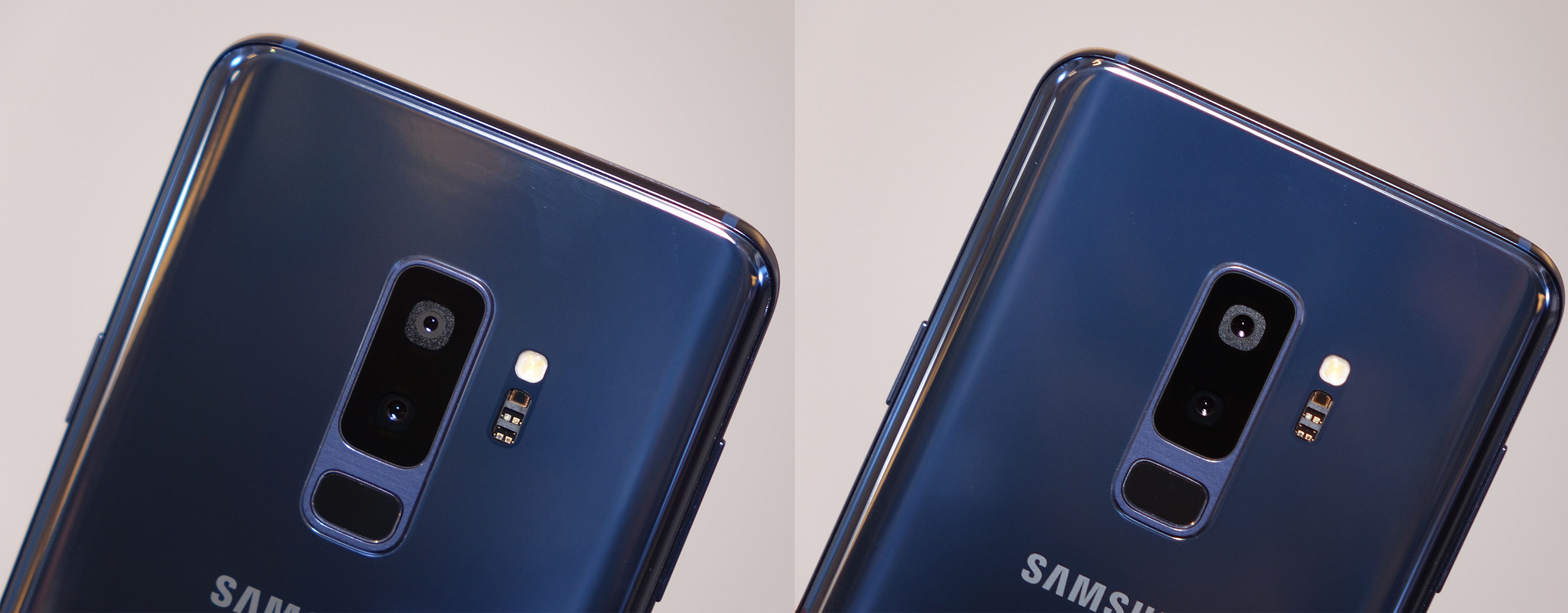
The Galaxy S9 and S9+ have rear cameras with adjustable aperture settings, allowing the phones to take photos at either f/1.5 or f/2.4. This may mean something to you, but in the event it doesn't, let me provide a brief explainer.
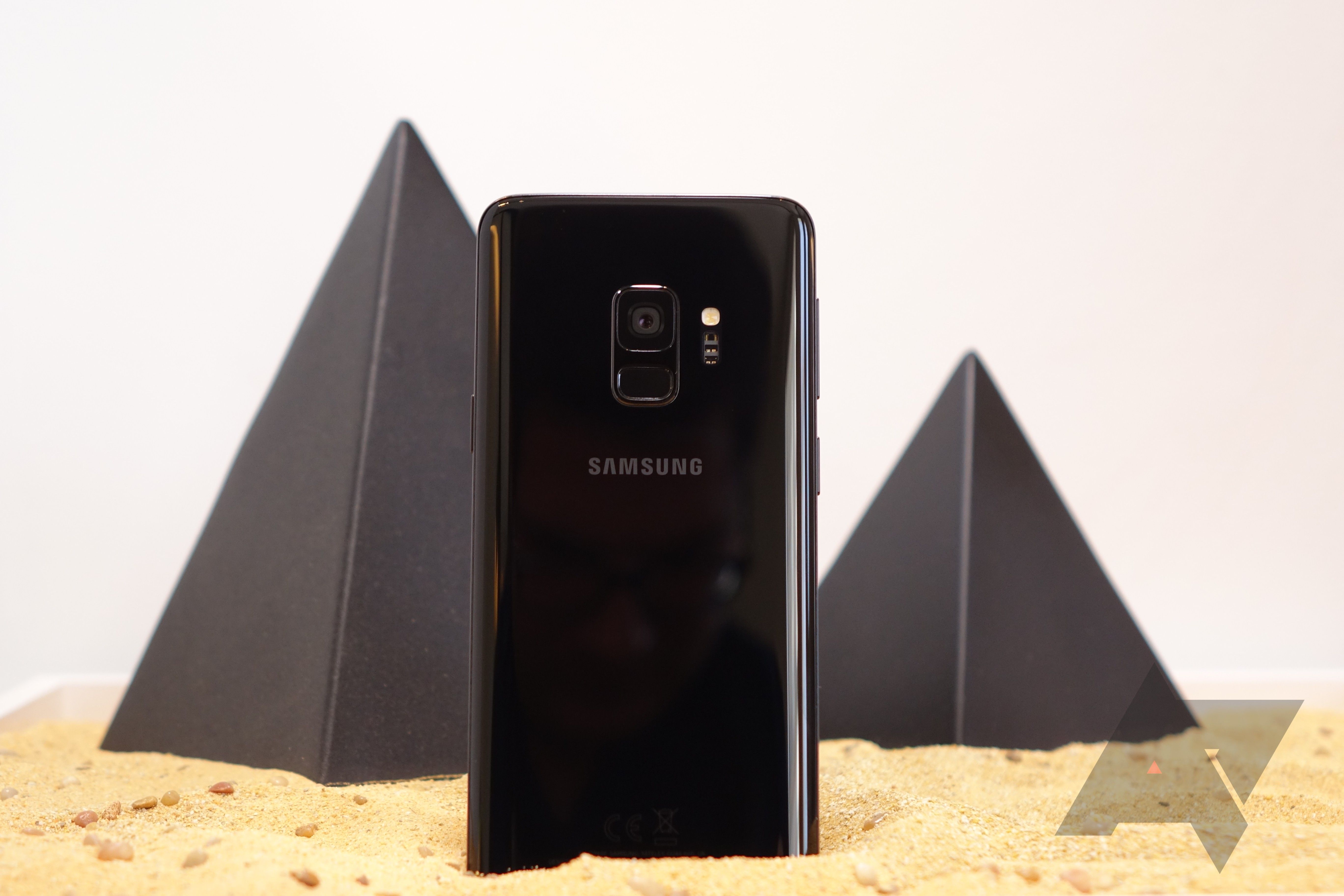
In all but a few minor regards, the Galaxy S9 and S9+ resemble their predecessors to such a degree that an ordinary person would have a lot of trouble telling them apart. Sure, the phones’ bezels have been nipped and tucked, the location of the fingerprint scanner - mercifully - changed, and the S9+ now sports a second camera around back. These are differences, but ones that were as inevitable as they are iterative.
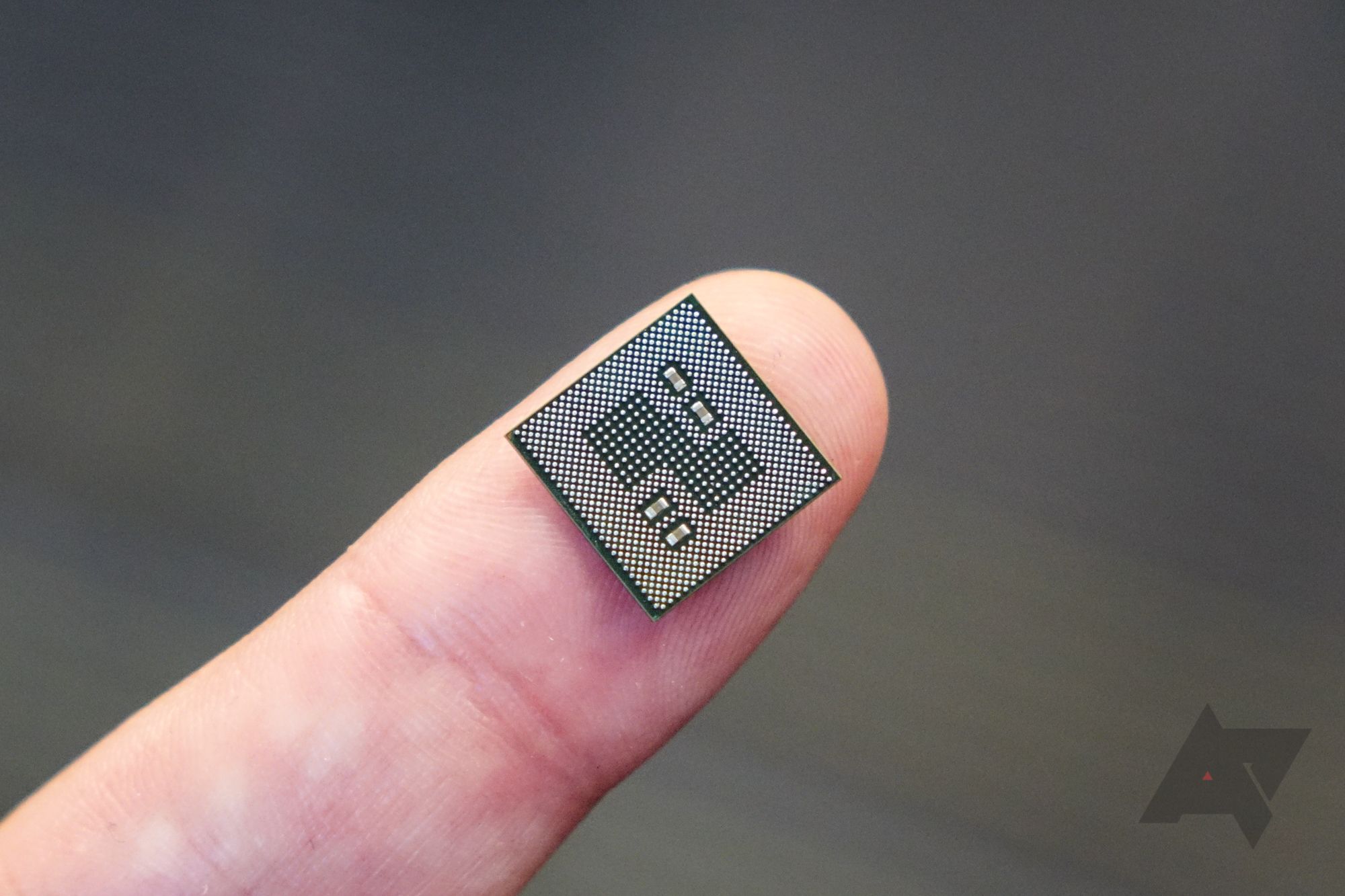
Qualcomm's new Snapdragon X24 LTE modem is the fastest, most advanced 4G chip on the planet. Or, at least, Qualcomm hopes it will be by the time it's in your next smartphone.
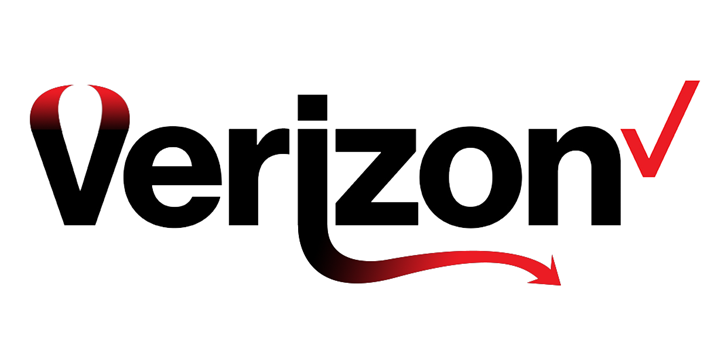
According to CNET, Verizon Wireless will begin SIM-locking its smartphones out of the box at some point this spring. Essentially no details are provided about how this will be implemented, but it really doesn't matter, because Verizon rather explicitly agreed not to do this ten years ago.
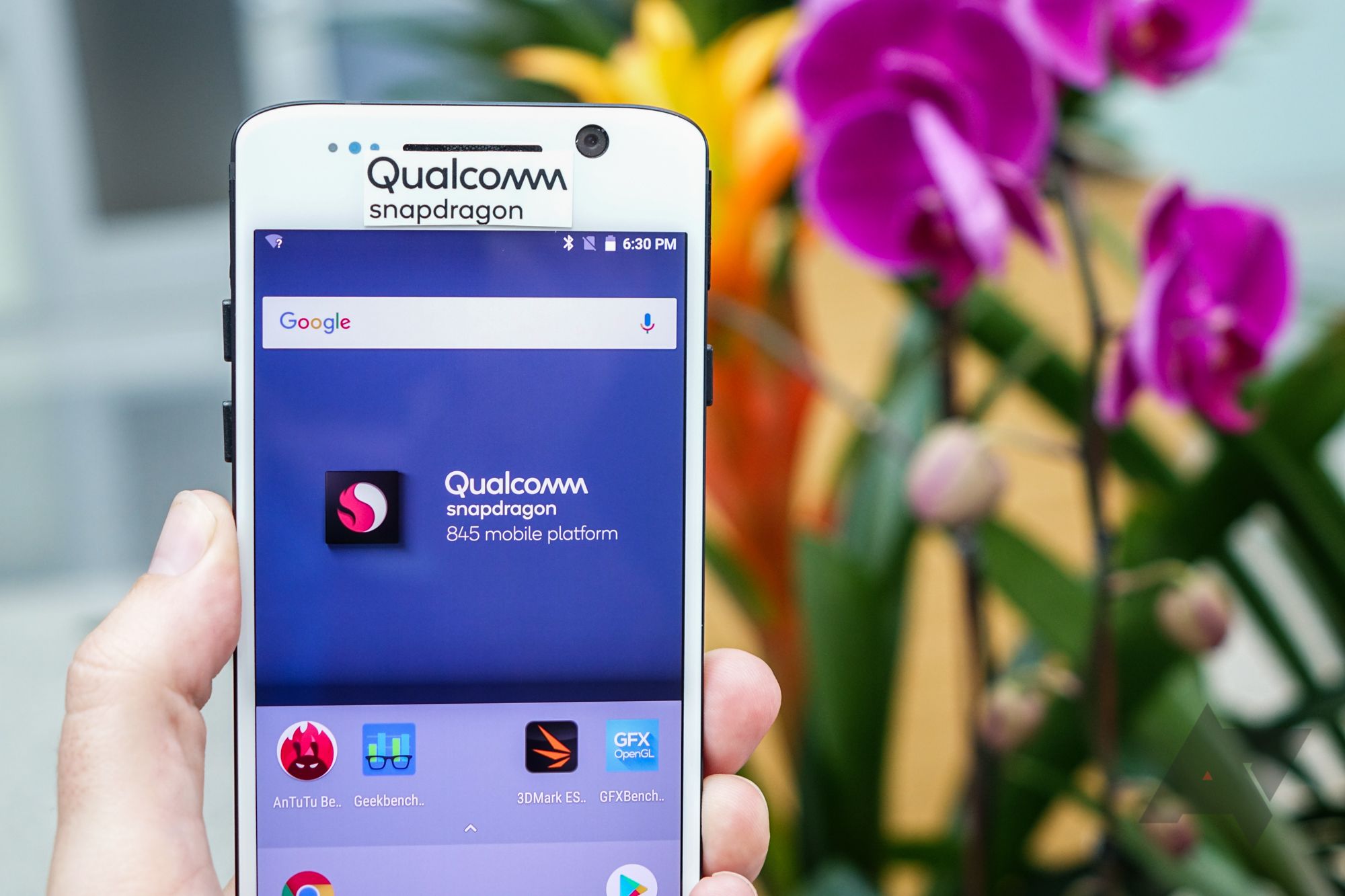
Last week, we attended an event at Qualcomm's corporate headquarters in San Diego to test out the company's latest high-end smartphone chip, the Snapdragon 845. We ran some benchmarks and ate some food. There was probably more eating than benchmarking, if I'm honest.
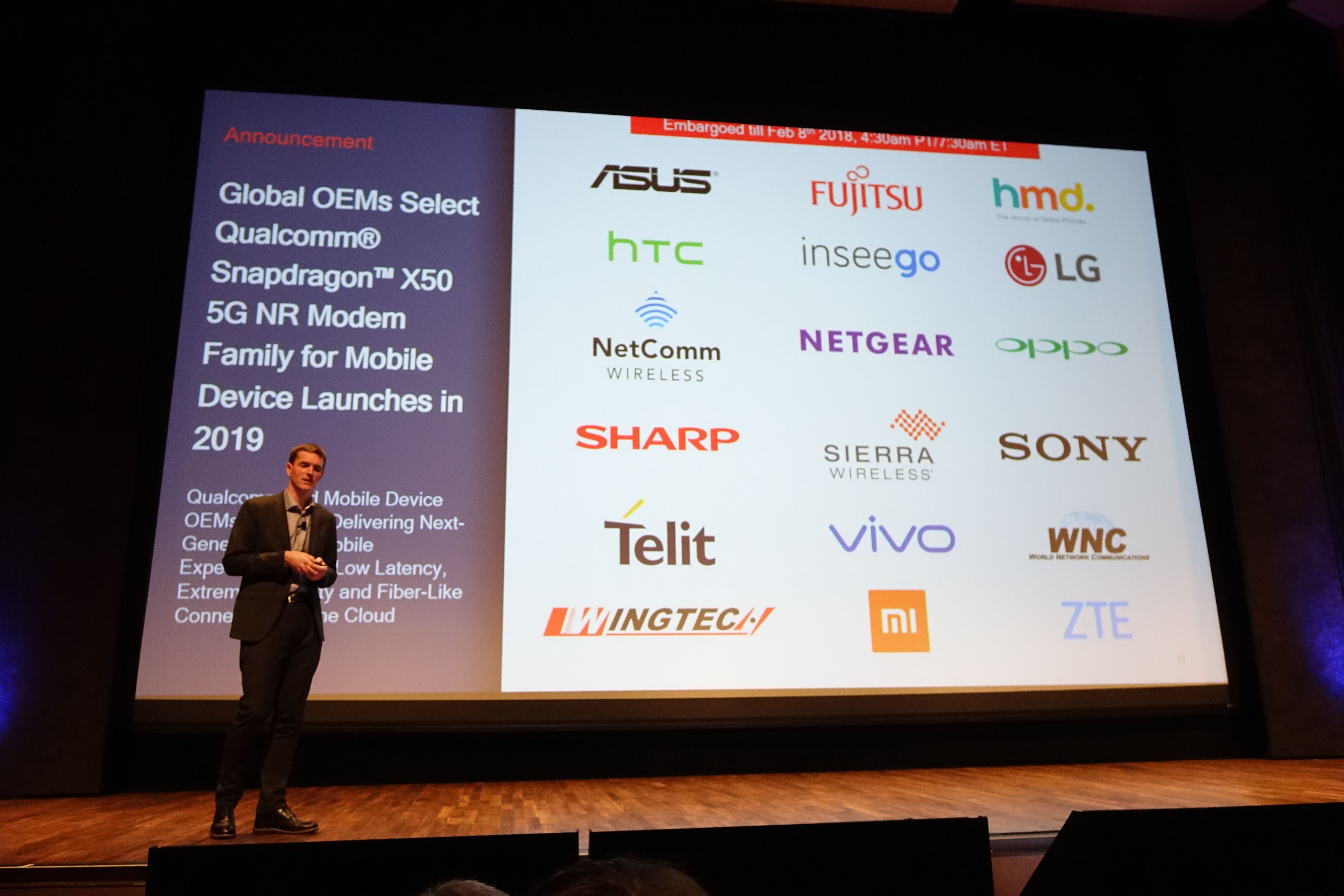
At the company's "5G Day" event in San Diego yesterday, Qualcomm announced that it had secured 18 OEM partners to build 5G devices using its new X50 5G modem in 2019. Notable among them are handset makers Nokia (HMD), Sony, Xiaomi, Oppo, Vivo, HTC, LG, ASUS, and ZTE. Conspicuously absent at the time of this writing is Samsung, though the two companies did just announce a long-term cross-licensing agreement, so you'd have to think they were on track to build a phone with this new modem, too.
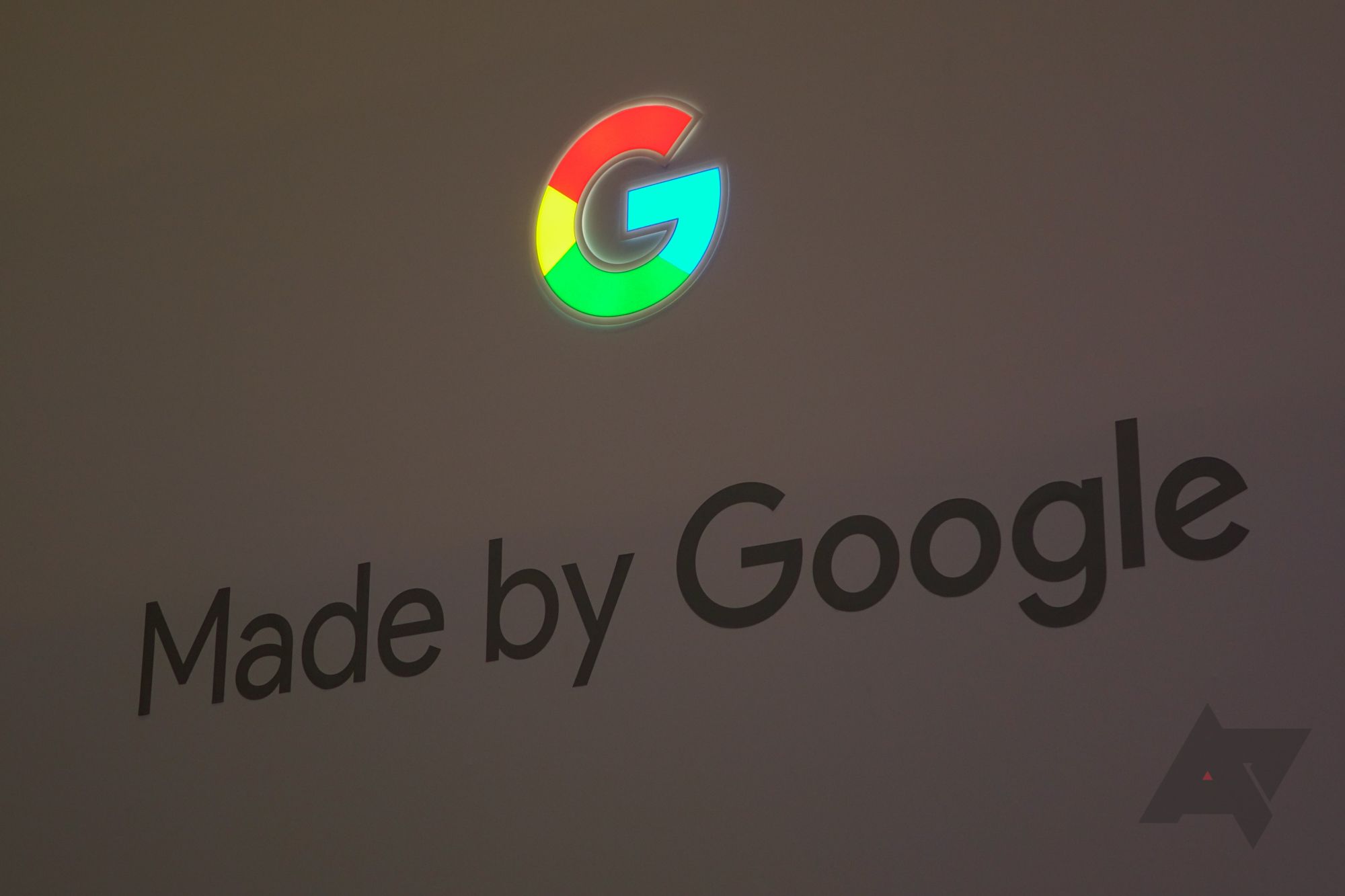
Alphabet reported today in its annual earnings call that the company's fiscal Q4 was a bit of a dismal one, owing to a decision to provision a new tax on foreign assets ahead into the 2017 fiscal year. Basically, Google took a $9.9 billion tax hit in the last quarter of 2017, dramatically lowering the effective net income the company earned for the whole of the fiscal year.
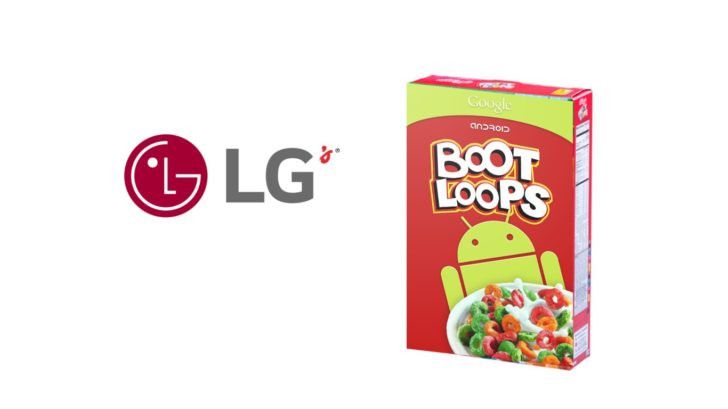
According to a settlement website set up by the law firm Girard Gibbs, members of a lawsuit against LG for G4, V10, V20, Nexus 5X, and G5 bootloop problems have received a settlement offer. The suit went to arbitration last summer.
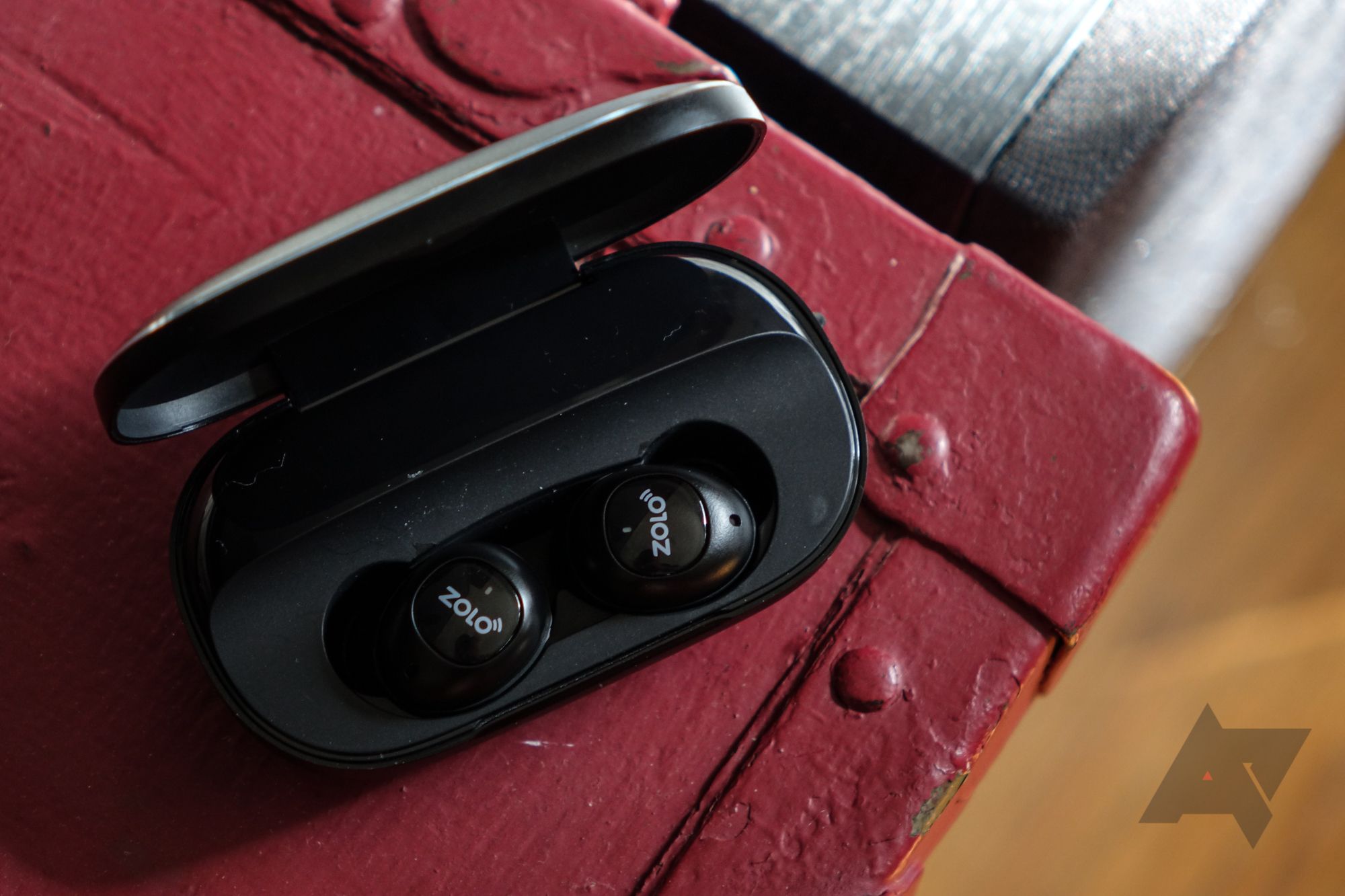
Truly wireless earbuds are fast becoming a crowded space, and it's getting tougher to discern who the big players really are, and who's just the latest to try and cash in on the next trend in personal audio. Enter the Zolo Liberty+.
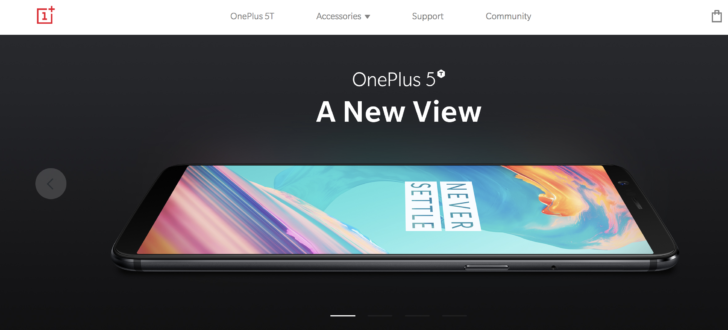
OnePlus has sent a letter to customers this morning, and confirmed in a post on the company's forums, that it was the target of a credit card hack. The attack was accomplished via a malicious script injected into the OnePlus.net payment page code, and allowed the attackers to see customer's credit card numbers, expiration dates, and security codes - enough information to easily allow those cards to be used for fraudulent purchases. Days ago, some users had begun reporting fraudulent card activity on cards they'd used on the site.
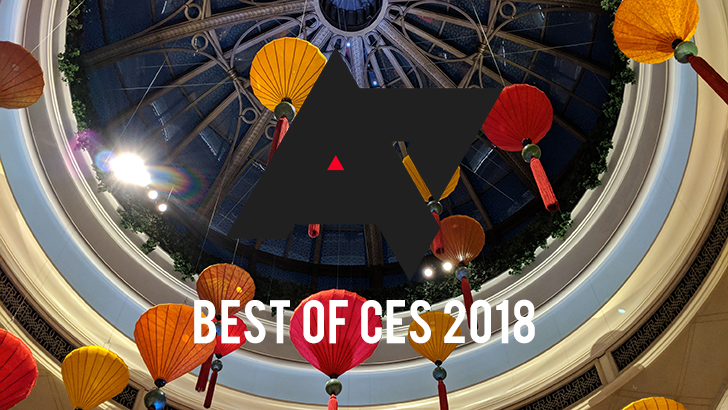
CES 2018 is over, and with another year of the world's largest electronics show wrapped, we've compiled a list of the best Android-related stuff we saw in Vegas this year. While CES has veered away from being a smartphone show - now left largely to MWC - there's still a fair bit of news from the connected tech and peripheral world that comes out of the event. This year was no different, and the field of products we felt deserved special recognition is predictably diverse. Everything from laptops and lapdocks, to phones, to TVs, to a smart speaker display thing - so without further delay, here's what we've got.
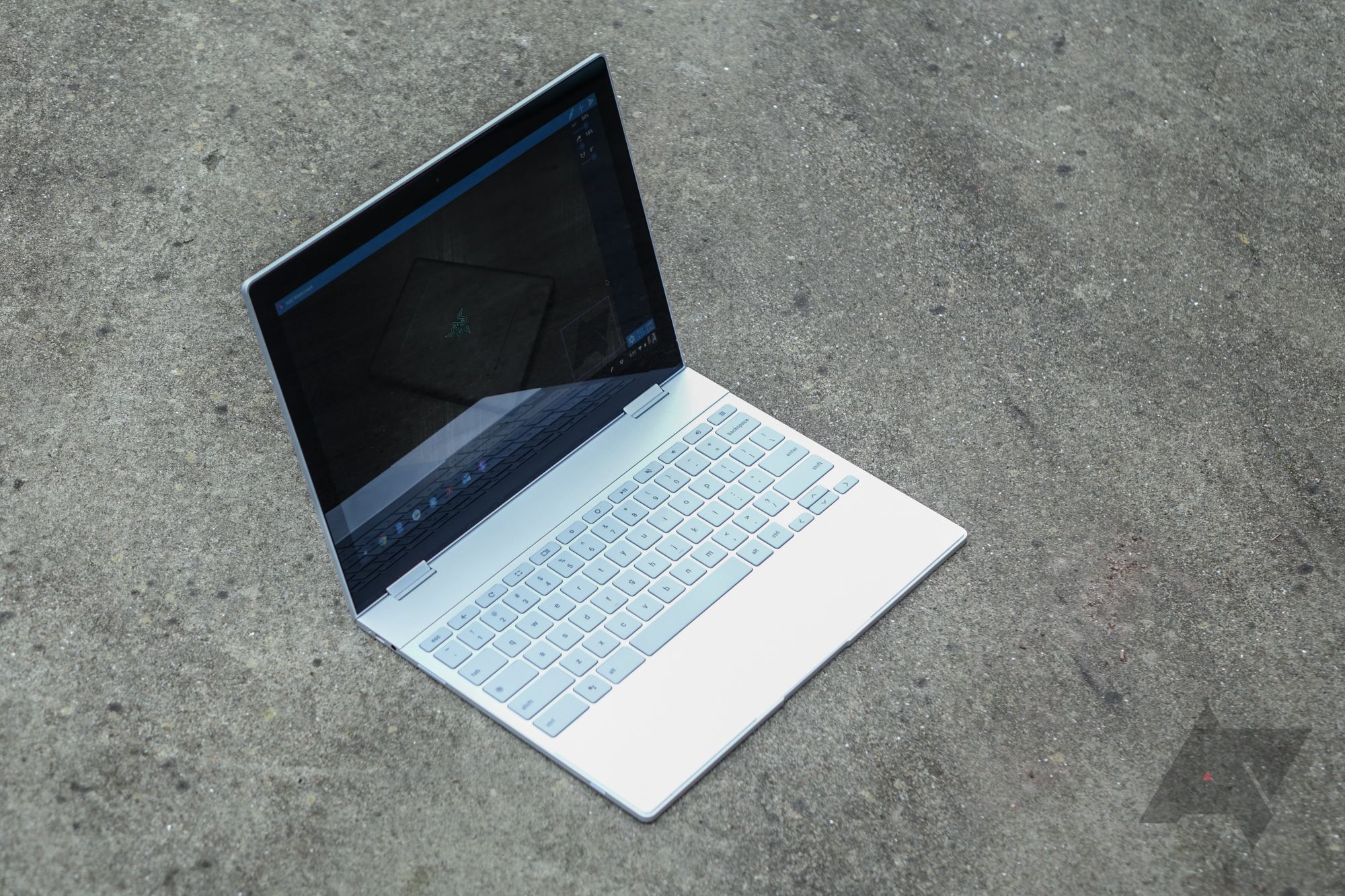
The Google Pixelbook is a truly excellent piece of hardware, as I stated in my review of it over two months ago. The refrain so often heard about Chromebooks, though, is that Chrome OS's limited application ecosystem prevents it from being a "serious" laptop operating system. As someone who frequently travels and has to be mobile as part of my job, I thought I'd put Google's laptop to the test in a live environment: CES.Now, CES isn't quite the on-the-ground reporting slog it once was for Android Police. The number of smartphones announced at the show is tiny, and much of our work stems from various briefings and meetings rather than rubbing shoulders with attendees on the show floor. But my laptop still gets its fair share of use, from coordinating with the team in Slack to writing up news posts and notes during briefings, it does have to work as a "real" computer.The benefit to working for Android Police is that basically all of my work can be accomplished in a browser. Slack, our project manager (Basecamp), and Wordpress (for publishing) all work perfectly well in Chrome. The big hurdle for me has always been image processing, and with the Pixelbook I finally think I'm ready to say Chrome OS can handle it, at least once you get a workflow figured out. It did take some trial and error, but once I got into a groove, the Pixelbook proved itself a truly excellent mobile platform for my job.
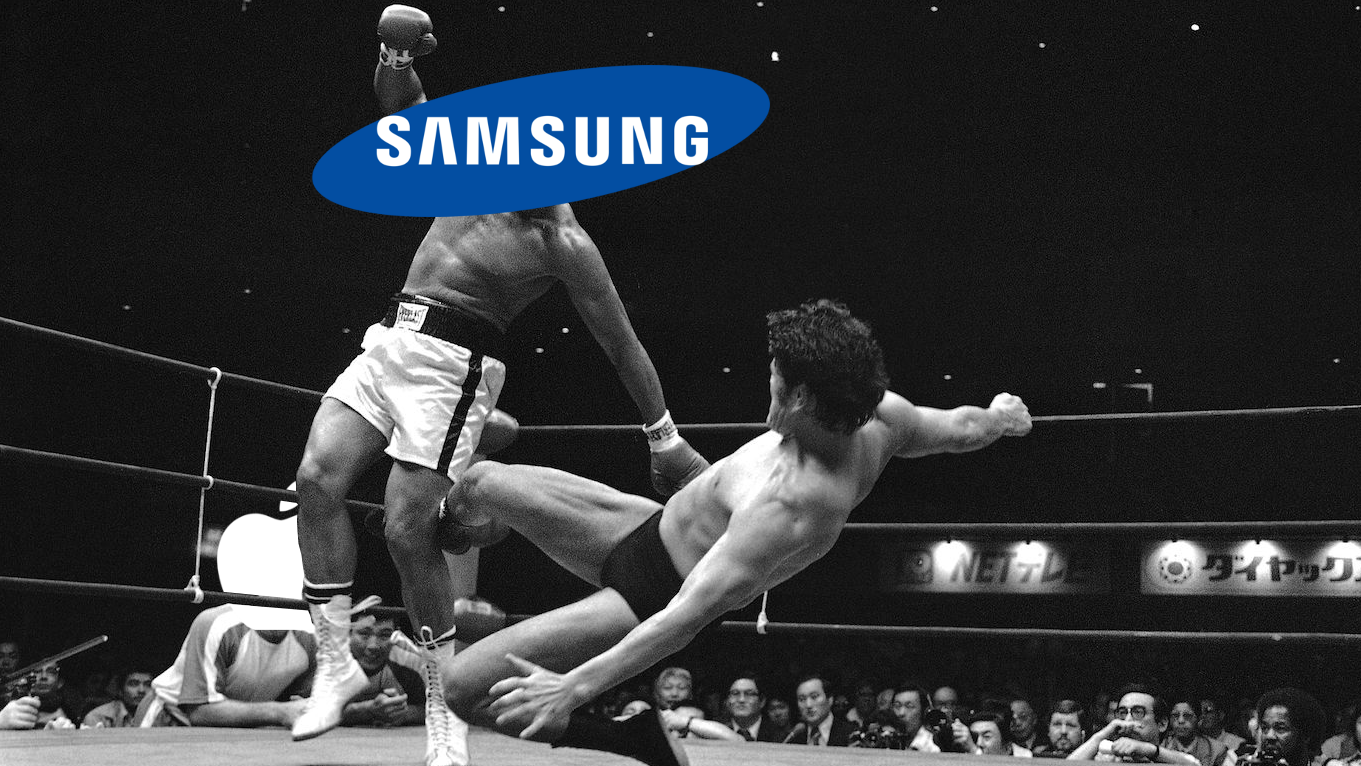
If you live in the United States and walk into a Verizon store, you have essentially four options when it comes to choosing a premium smartphone brand: Apple, Samsung, LG, and Google. Yesterday, we learned that continuing to expect LG will be one of these options probably isn't the best bet.
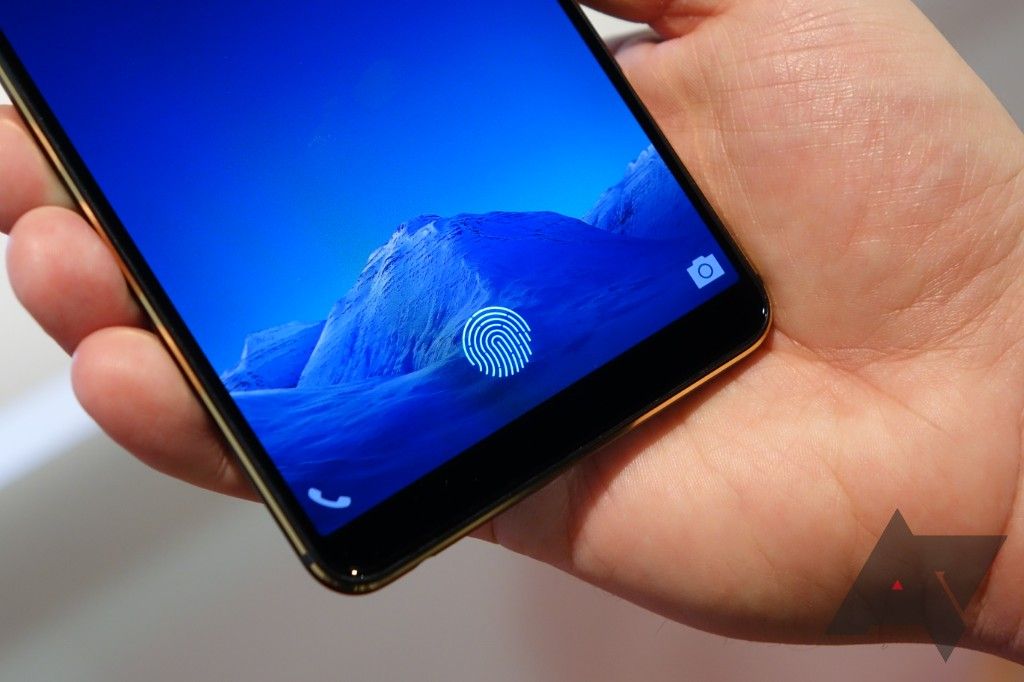
Here at CES 2018, I had a chance to look at what some of us probably considered mere fantasy a few short years ago: a fingerprint scanner that can see through a smartphone display. It sounds like something that must be so complex it would be beyond explanation, but really, the basic principles aren't terribly difficult to grasp.

Huawei has announced that it will sell the Mate 10 Pro smartphone unlocked in the US for $799 in partnership with a number of online retailers starting next month. Best Buy, Amazon, Microsoft, Newegg, and B&H will also all offer $150 gift cards if you pre-order the phone.Pre-orders of the Mate 10 Pro, which we like overall, will begin on February 4th and run through the 17th. On February 18th, the retail launch will officially get underway.Oddly missing from today's announcement is any mention of a carrier version of the phone, which many in the industry had expected would be unveiled alongside the unlocked version today. But it wasn't, and we may know why: AT&T has supposedly backed out of a deal to sell Huawei's phones in the US, and the reason seems political.This leaves the Mate 10 Pro in exactly the terrible position of many of its predecessors in the US, except kind of worse, because it is by far the most expensive phone Huawei was ever tried to sell here. The number of unlocked phones over $600 sold at full price in the United States is essentially negligible. Almost all premium phones in this country are bought on payment plans through carriers or credit providers, and the idea that any company could launch a "competitive" high-end smartphone in America expecting customers to pay what, with sales tax, will end up being the better part of a thousand dollars up front is borderline actually-stupid.Further indicating just how badly Huawei apparently screwed this up (or, increasingly apparently, was screwed), it also announced that the Mate 10 Pro Porsche Design would be coming to America for the low, low price of $1225. You read that right. The Porsche Design version of the phone features 256GB of storage and 6GB of RAM, but apart from that, you're paying an over-$400 premium to show off a branding partnership.In a prebriefing we attended yesterday detailing this news, Huawei seemed as unable as ever to answer basic questions about its handset strategy in America. No satisfying reasons were given as to why the company is unable to find carrier distribution partners, why it continues to only support GSM networks, or how it expects to sell an $800 smartphone to its alleged core audience of "Gen Z" customers, who are at most 22 years old. Huawei told us over and over how important this market demographic was to the company's growth, but how many 22-year-olds are out there dropping nearly a grand all at once on a smartphone, Huawei? Come on.In fact, the announcement that the Honor View10 is coming to America seems to shoot Huawei's Mate 10 Pro right in the foot. The View10 offers similar performance and specifications, but it's almost certainly going to cost less than $500 - undercutting the Mate by several hundred dollars. While the Mate certainly will have a superior camera experience, unlocked phone buyers in the US tend to be more focused on value, and the Mate 10 Pro is hardly what you'd call a steal. How can Huawei possibly expect the Mate 10 to have any kind of success when the company's own sister brand is essentially saying, "Hey look over here, you can get 90% of the phone for 60% of the cost!"But the Mate 10 Pro does have one ace up its sleeve: Gal Gadot is the phone's official spokesperson. That's clearly going to move some units. She was also named Chief Experience Officer of Huawei, almost certainly a figurehead role that will have Gadot appearing at various Huawei events and photo opp- er, uh, very important strategic summits to guide the direction of future Huawei products.Maybe 2019 will finally be the year of Huawei in the US?
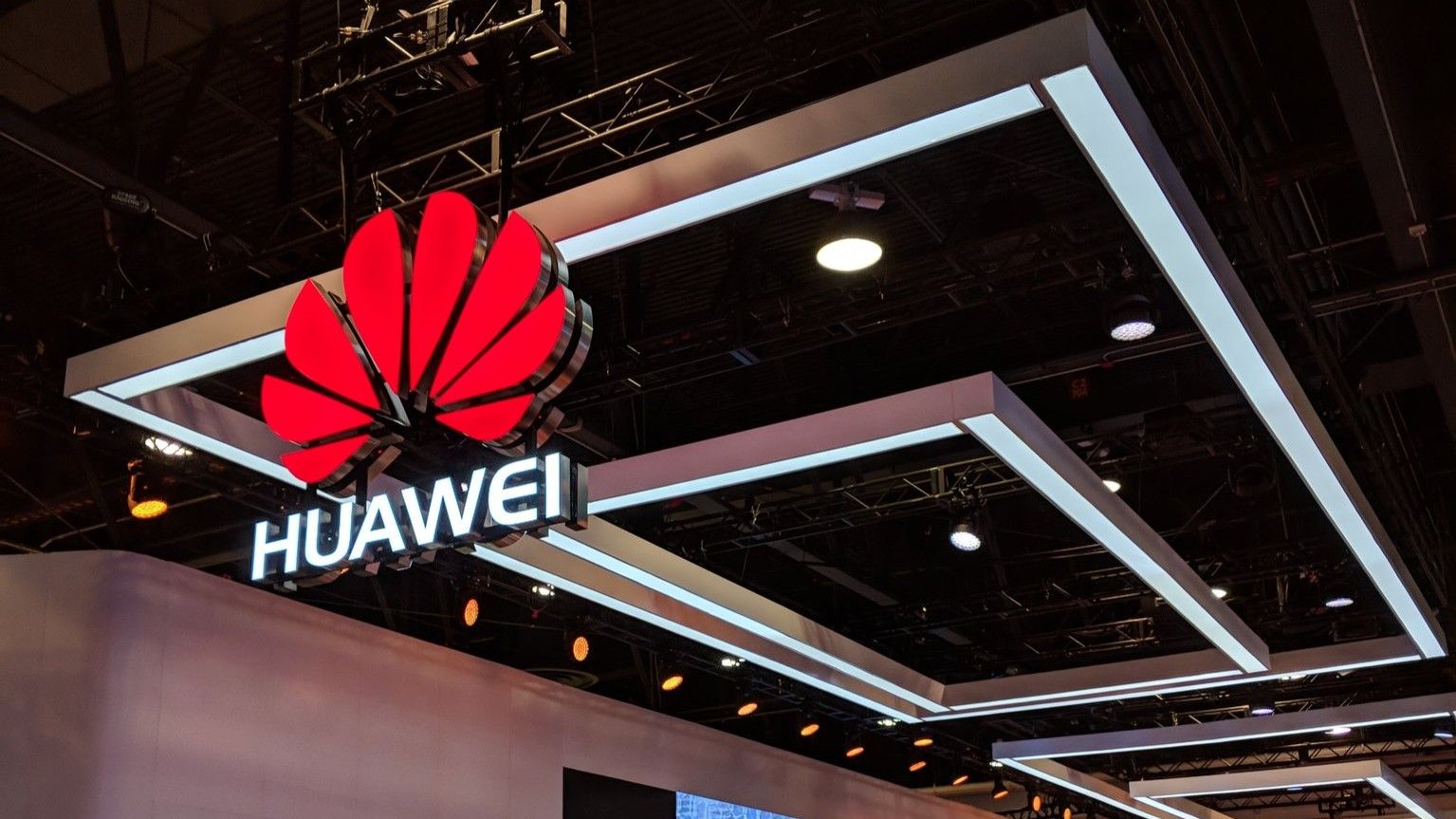
According to a source familiar with the company's plans, Verizon is facing political pressure to cancel the launch of a Huawei smartphone later this year. The source stated Verizon intended to sell the Huawei Mate 10 this summer, but it had recently been pushed back to fall, and now it appears there is a strong likelihood it will be cancelled altogether. This follows closely on news that AT&T would cancel its own launch of the Mate 10 Pro for similar reasons.
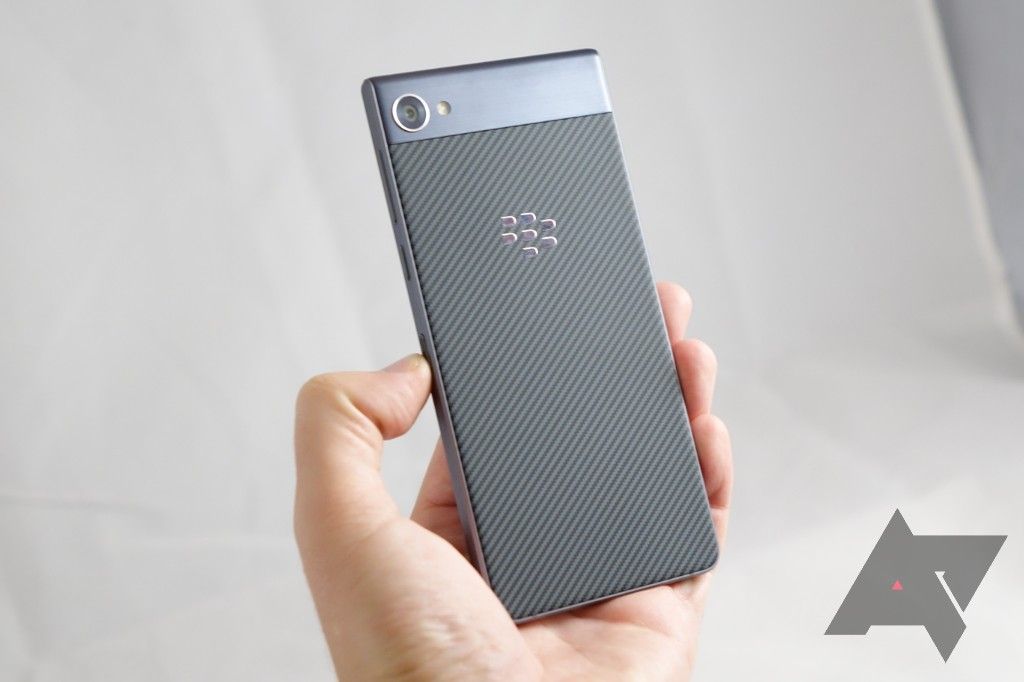
BlackBerry announced the all-touch Motion three months ago for a number of countries around the world, but today at CES it's finally giving the phone a proper US launch. Starting January 12th, you'll be able to order the Snapdragon 625-powered Motion from Amazon or Best Buy here in America for $449.Featuring IP67 ruggedization, Android 7.1 (Oreo will come in Q2, says BlackBerry), a 5.5" 1080p display, and a 4000mAh battery, the Motion is set to do battle most obviously with Motorola's Z2 Play here in the States. The phone runs a pretty lightly skinned version of Android 7.1 with a good handful of BlackBerry software tweaks, many of which BlackBerry says will be trickling down to the KeyOne.
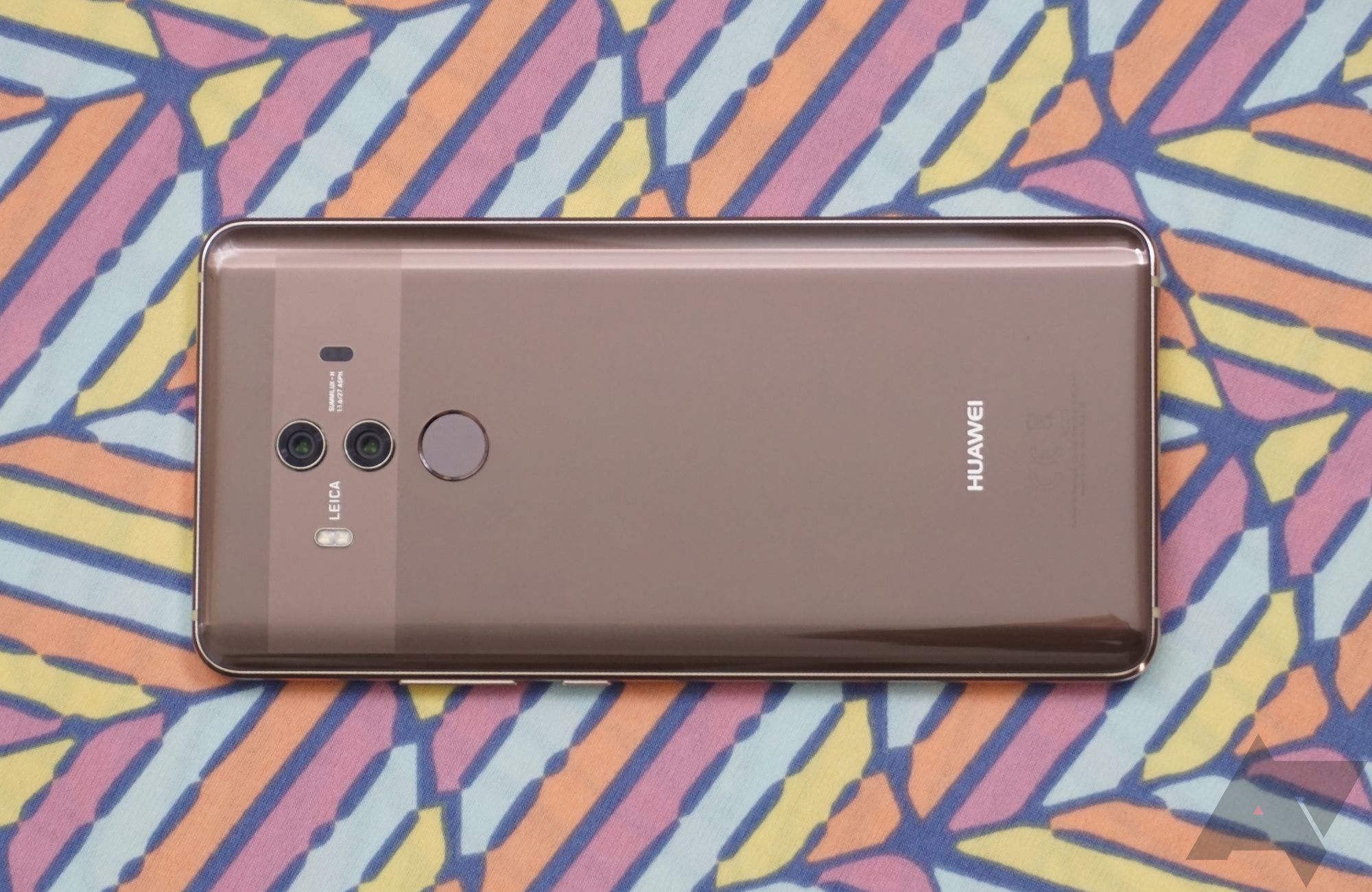
It's been rumored for some time - and was considered a near-given in circles of mobile tech gossip - that Huawei would be launching a smartphone on AT&T in early 2018. Many assumed this would be the company's flagship Mate 10 or Mate 10 Pro, at least until a report from the Wall Street Journal this afternoon seemed to put those plans on ice.
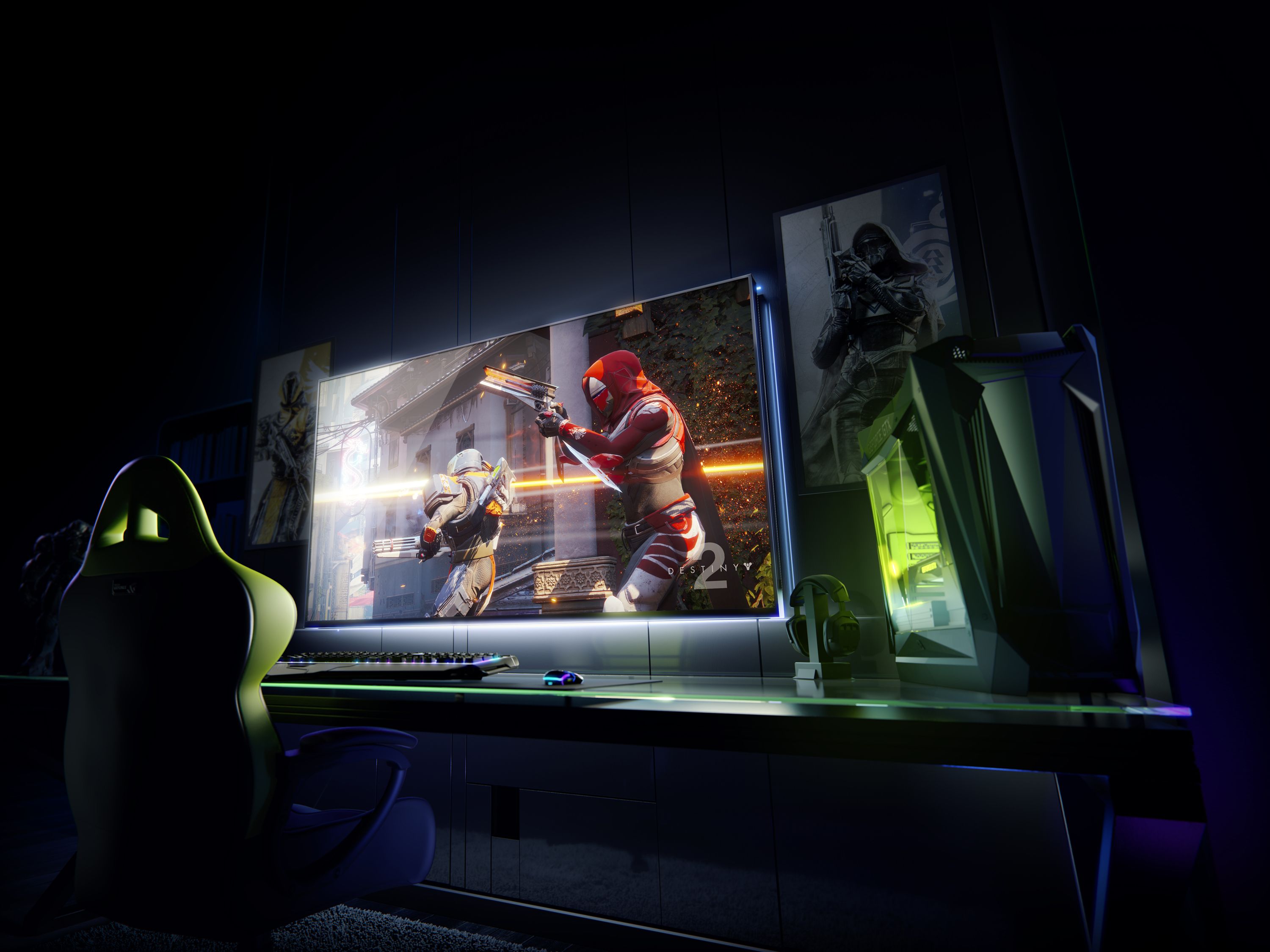
Have you been holding off on your next high-end gaming monitor purchase because you're unable find one that's 65 inches across and has built-in smart TV features? Me either. But, if you're a serious living room desktop PC gamer, today's announcement from NVIDIA and its partners Acer, Asus, and HP could have you reconsidering your next big TV investment.

